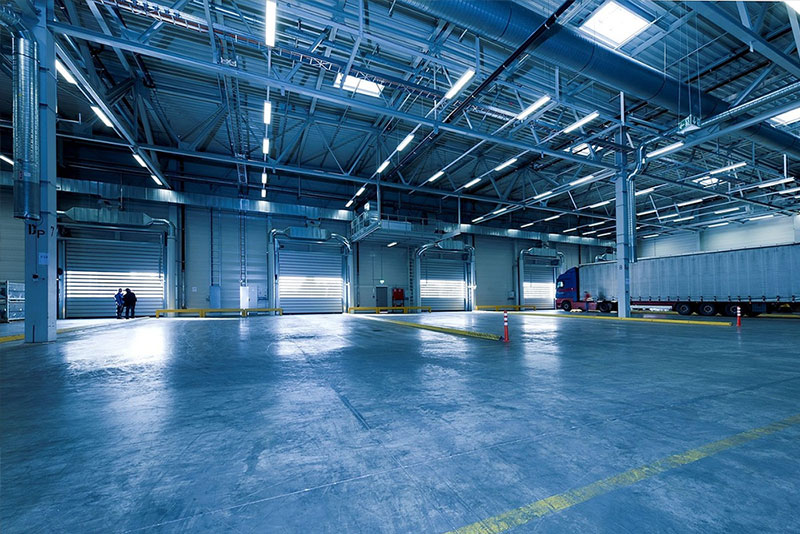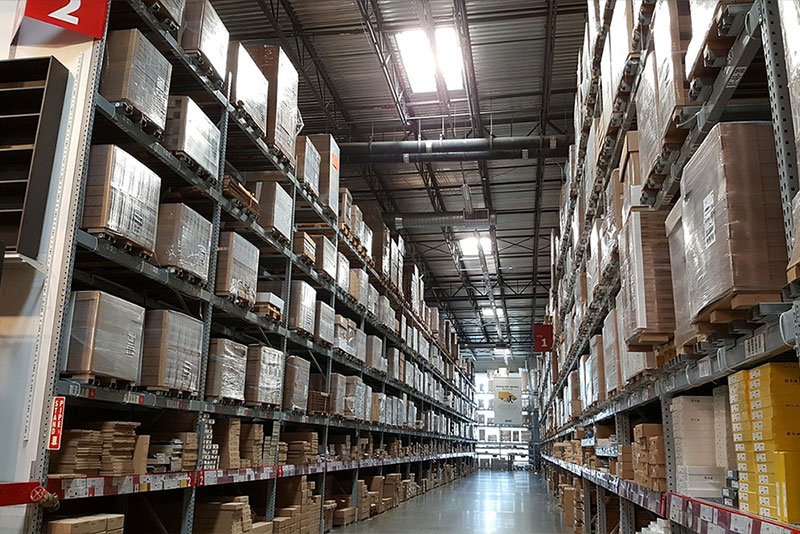Choosing the right location for your US overseas warehouse is a critical decision that can significantly impact your business operations and overall success. By strategically evaluating various factors, you can ensure that your warehouse location supports efficient logistics, reduces costs, and enhances customer satisfaction.

One of the primary considerations when selecting a US overseas warehouse location is proximity to major transportation hubs. Opting for a location near ports, airports, or major highways can streamline the distribution process, minimize shipping times, and lower transportation costs.
Another crucial factor is market proximity. Select a warehouse location that is close to your target market or customer base. This proximity not only reduces delivery times but also allows for faster response to customer demands and facilitates easier returns and exchanges if necessary.

Infrastructure and facilities are equally important. Ensure that the chosen location has modern warehouse facilities equipped with the latest technology for inventory management and order fulfillment. Adequate storage space, temperature control options, and security measures should also be considered to protect your goods and maintain their quality.

Moreover, labor availability and costs can vary significantly by location. Research the local labor market to gauge availability of skilled workers and typical wage rates. A location with a strong workforce in logistics and warehouse operations can contribute to efficient operations and reduced labor costs.
Regulatory considerations cannot be overlooked. Different states or regions may have varying tax structures, zoning regulations, and labor laws that can impact your warehouse operations. It is crucial to understand these regulations and choose a location that aligns with your business needs and compliance requirements.
Cost-effectiveness is often a deciding factor. While certain locations may offer strategic advantages, they may also come with higher real estate costs or operational expenses. Conduct a thorough cost analysis that considers rent prices, utility costs, taxes, and other overhead expenses to ensure that your warehouse location remains financially viable.
Lastly, consider the scalability of the location. As your business grows, your warehouse requirements may evolve. Choosing a location that allows for expansion or easy access to additional storage space can support your long-term business goals.